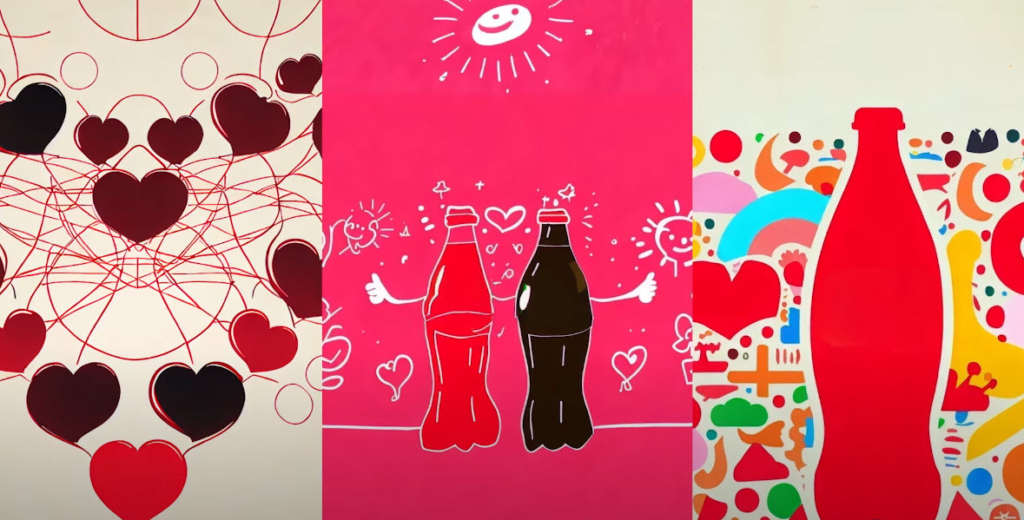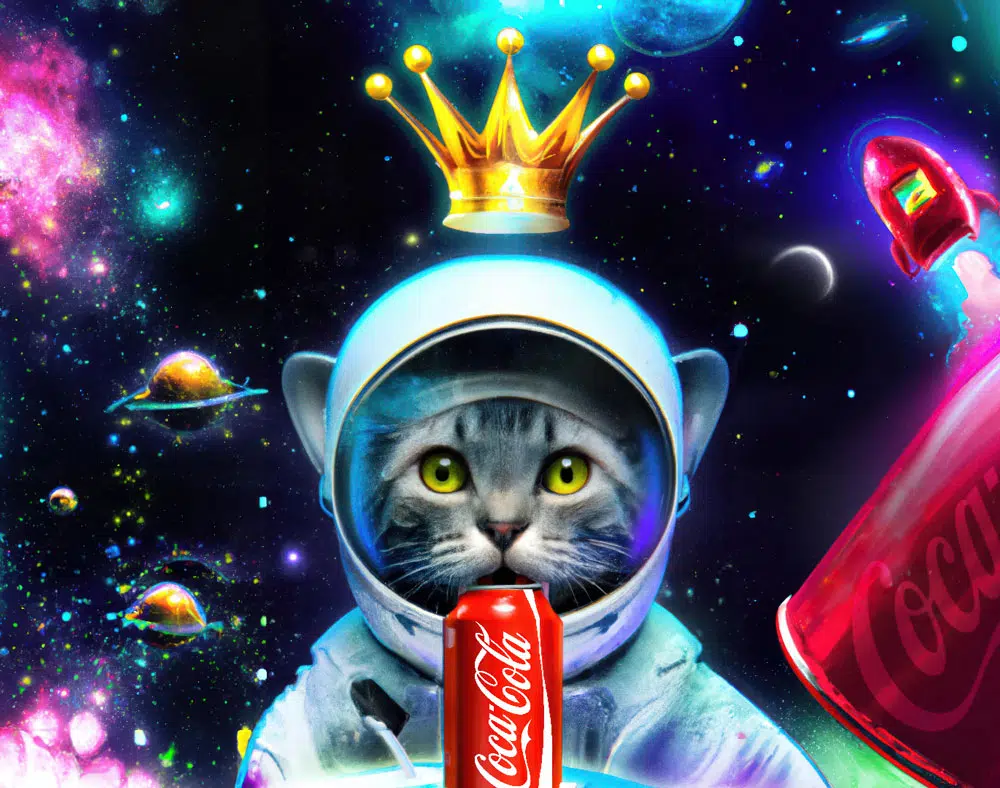Coca-Cola Collaborates with OpenAI and Bain & Company to Launch AI Platform for Digital Creatives
- Coca-Cola, in collaboration with OpenAI and Bain & Company, introduces “Create Real Magic,” a groundbreaking AI platform that allows digital creatives worldwide to generate original artwork using iconic assets from the Coca-Cola archives.
- Through the “Create Real Magic” campaign, artists have the opportunity to showcase their work on digital billboards in Times Square and Piccadilly Circus, while also being selected to participate in the “Real Magic Creative Academy” workshop at Coca-Cola’s global headquarters, where they can co-create content for various purposes, including licensed merchandising and digital collectibles.
Atlanta, GA – Coca-Cola, in collaboration with OpenAI and Bain & Company, has unveiled a groundbreaking AI platform called “Create Real Magic.” This innovative platform enables digital creatives from around the world to generate original artwork using iconic creative assets sourced from the Coca-Cola archives. The collaboration combines the capabilities of GPT-4, which produces human-like text from search engine queries, and DALL-E, which generates images based on text descriptions.
We’re thrilled to unveil the next generation of creativity made possible by this rapidly emerging technology. We see opportunities to enhance our marketing through cutting-edge AI while also exploring ways to improve our business operations and capabilities.
James Quincey, Chairman and CEO of The Coca-Cola Company




As part of the “Create Real Magic” campaign, artists have the opportunity to download and submit their work for a chance to be featured on Coca-Cola’s digital billboards in two iconic locations: New York’s Times Square and London’s Piccadilly Circus.
James Quincey, Chairman and CEO of The Coca-Cola Company, expressed excitement about the project, stating, “We’re thrilled to unveil the next generation of creativity made possible by this rapidly emerging technology. We see opportunities to enhance our marketing through cutting-edge AI while also exploring ways to improve our business operations and capabilities.”
Pratik Thakar, Global Head of Creative Strategy and Integrated Content for the Coca-Cola Trademark, emphasized that “Create Real Magic” showcases the company’s commitment to leveraging AI to test, learn, and scale ideas rapidly. He described the project as an experiment to push the boundaries of co-creation and accelerate creative processes.
To kickstart the crowdsourcing campaign, four AI artists named Emma Sofija, Chris Branch, Paul Parsons, and Ean Hwa Huag created custom artwork using the platform and Coca-Cola assets. The success of their contributions sets the stage for further participation from creators worldwide.
As part of the initiative, 30 creators will be selected to attend the “Real Magic Creative Academy,” a three-day workshop hosted by The Coca-Cola Company’s global headquarters in Atlanta. The workshop, curated by Coke’s Global Design and Creative teams in collaboration with OpenAI, aims to co-create content that could be used for Coca-Cola licensed merchandising, digital collectibles, and more. Participants will be credited for their work and have the opportunity to leave a lasting impact on Coca-Cola’s creative endeavors.
This campaign aligns with Coca-Cola’s “Real Magic” global brand platform, which highlights the notion that magic resides in unexpected moments of connection, elevating everyday experiences to the extraordinary.
Manolo Arroyo, Global Chief Marketing Officer of Coca-Cola, acknowledged that the company is still in the early stages of exploring AI’s potential impact. Arroyo stated, “We believe we have only scratched the surface of what AI can do to create the industry’s most effective and efficient end-to-end marketing model. By leveraging OpenAI’s technology, we aim to reimagine how we produce creative content, accelerating the process from weeks to days. The applications of AI are vast, from content creation and rapid iteration to hyper-personalization of content and driving two-way conversations with consumers.”
